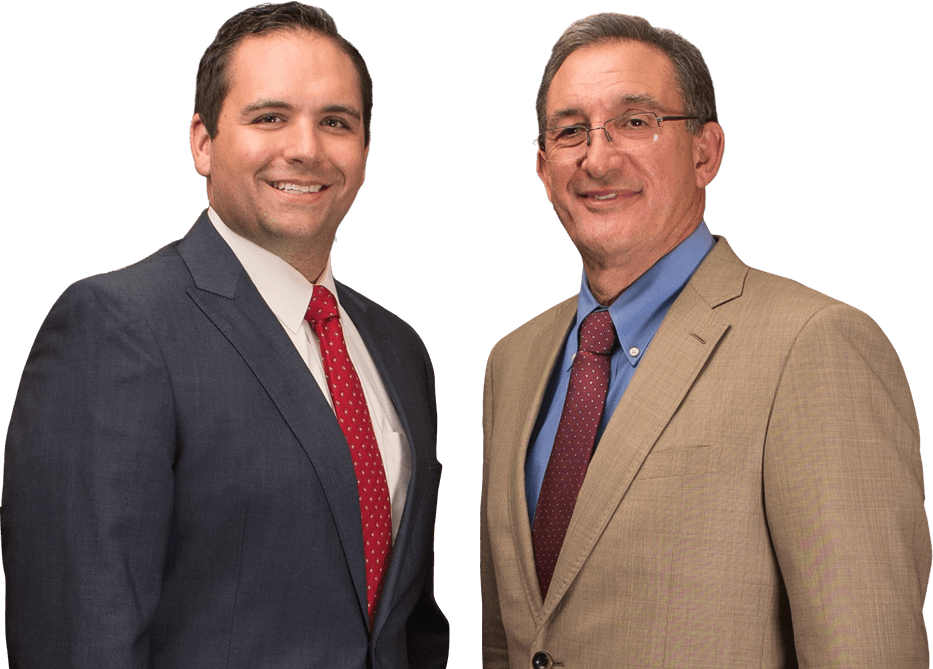Workplaces in almost every industry are changing rapidly over time. As workers become more specialized in their tasks, they are increasingly likely to suffer from injuries that are cumulative over time.
Ergonomics is primarily about how people interact with their environment. Poor ergonomics leads to a greater risk of cumulative injuries. By finding better ways for employees to be productive in the workplace, you can keep your employees safer and reduce the cost of medical expenses and insurance.
Employees have a right to expect that their workplace will be made reasonably safe from illness or injury. While it may seem that a simple motion like typing on a keyboard, or swiping a product over a barcode scanner is not dangerous, over time this activity can result in long term damage to joints and tendons.
These musculoskeletal disorders (MSD) often occur from repetitive movements, standing or moving in an awkward manner, vibration from tools or equipment, or being in a static position for long periods of time. As we learn more about the risk factors for these kinds of injuries, it becomes more important than ever to take steps to reduce the risk of injury in the workplace by making adjustments to the work environment, the employee’s requirements, or how the employee will interact with the environment.
One of the injuries people are most aware of today from poor ergonomics is carpel tunnel syndrome (CTS). CTS results most commonly from long periods spent typing, especially when the wrists are bent in a poor fashion for typing. The damage to the nerves can result in pain, weakness in the hand and fingers, and numbness or tingling. CTS often takes weeks or months to recover from.
Another common MSD resulting from poor ergonomics is back problems. Repeated movements in an awkward position or being in a static position for long periods of time can result in damage to the vertebrae and cartilage in the back. In fact, back problems form the majority of MSD injuries from the workplace. Back injuries can result in pain in the back, sciatica – which is pain that radiates down one or both legs, numbness or tingling in the legs, weakness, loss of muscle control, and much more.
Tendinitis is another common MSD resulting from poor ergonomics and also results in pain, numbness, weakness and other problems often associated with repetitive stress injuries.
Improved ergonomics changes how your employees interact with their workplace and operate in their jobs. By making even small changes, you can improve your employees’ health and your business as well.
Improving ergonomics in the workplace usually results in fewer MSDs and injury rates for employees. Additionally, employees are more productive as they miss less time from work due to injury. Workers’ compensation costs are often lowered through improving ergonomics for employees. Workers generally will have greater comfort in their work and less fatigue as well. This results in lower employee turnover which makes your business more productive and saves money as well.
All these factors improve the lives of your workers while making your company more profitable in the long run. Workers experience greater morale in a workplace that is more comfortable and less likely to cause injury and illness. This, in turn, benefits the company in many ways as well.
The Occupational Safety and Health Administration can provide more information on ergonomics in the workplace as well as helping prepare an ergonomics program for your workplace.
Improving the ergonomics of your workplace is good for your employees’ safety and will ultimately benefit your company as well.

Attorney Timothy Manchin established the Manchin Injury Law Group in 2011 after his law partner of more than 25 years became a West Virginia circuit court judge. His focus is on helping individual clients and entire families victimized by negligent acts.
We offer a free initial consultation at our office in the Manchin Professional Building — our home since 1983 — conveniently located in Fairmont.
If you are unable to visit our firm, we can come to your home or hospital room.
Fill out the form below to get in touch!